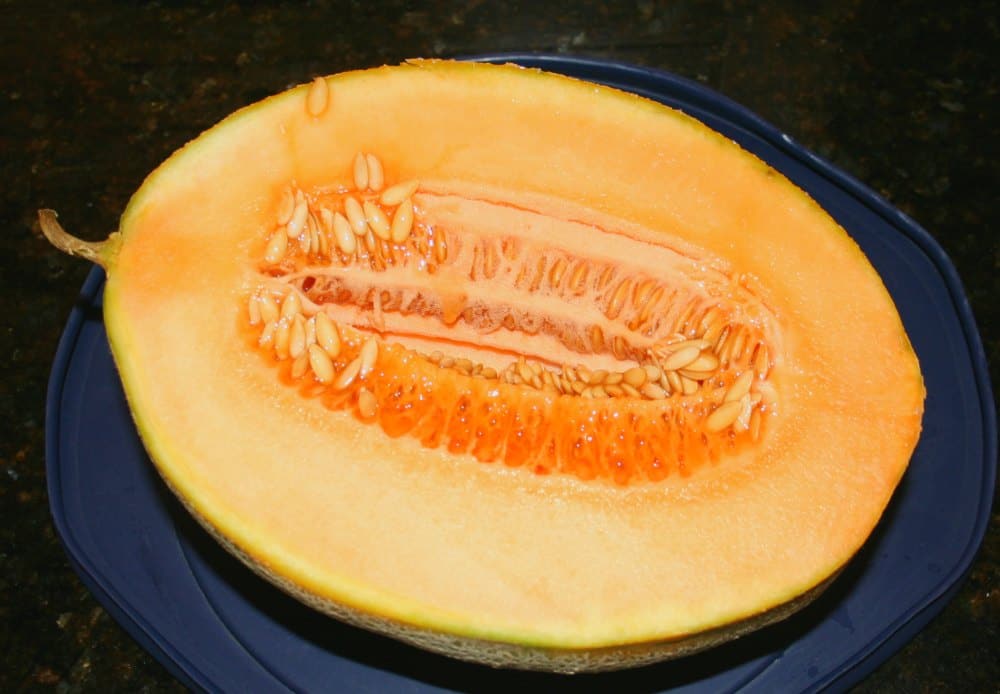

brasilense in Cantaloupe melons cultivated in a protected environment. Non-destructive measurements of fresh weights and the relative water contents of the roots and shoots of seedlings grown at 30 ☌ and at non-optimal temperatures, as well as chilled seedlings returned to 30 ☌ for one day, indicated significant intra-generic differences in temperature sensitivity and relative root and shoot water status of both the chilled seedlings and those recovering from thermal stress. The objective of this study was to evaluate the effects on plant development. A photosynthetic seedling growth system used to demonstrate suboptimal temperature stress effects in cotton was modified to monitor the effects of temperatures from 10 to 35 ☌ upon the roots and aerial portions of cucumber, cantaloupe, and watermelon seedlings. Adults feed on the leaves and stems of the plant and can be. Growth of photosynthetic seedlings of oil-seed genera is also significantly affected by suboptimal temperatures. Cantaloupe Planting is done by direct sowing or planting of the cantaloupe seed or by first making seedlings in seed beds or seed trays and planting the. This feeding is seldom noticed, but can kill seedlings and reduce the growth of larger plants. Sow seeds in spring or transplant seedlings once the danger. These plants love the heat and need a lot of. Black plastic mulch keeps weeds from growing and gives the melons extra heat. Water regularly until you start to notice flowers turning into melons.

Seed germination and seedling emergence are particularly sensitive to low temperatures in oil-seed genera in which lipids are the main seed storage material, e.g. Rockmelons are a warm season crop, best planted in temperatures between 18.5 and 30C (6586F). Caring for Your Cantaloupe Plants Watering.


 0 kommentar(er)
0 kommentar(er)
